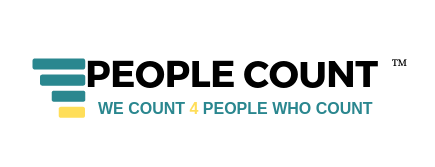Look at your hiring process and ask yourself: are all the hiring stages really required? Are we looking in the right places to fill our candidate pipelines? Do we communicate quickly with candidates and with each other? All these questions can be answered with the help of recruiting metrics from your Applicant Tracking System (ATS).
Sometimes long time to hire is natural when you’re hiring for hard-to-fill roles. Explain that to the hiring teams and set expectations early on. Let them know what a realistic timeline is and highlight the importance of hiring carefully for roles where a bad hire could cost a lot of money.
You can store data and export helpful reports using systems like an ATS, Google Analytics or recruitment marketing software. You don’t need to track every recruiting metric there is. Have a conversation with senior management to settle on a few metrics that make sense to you and your company






